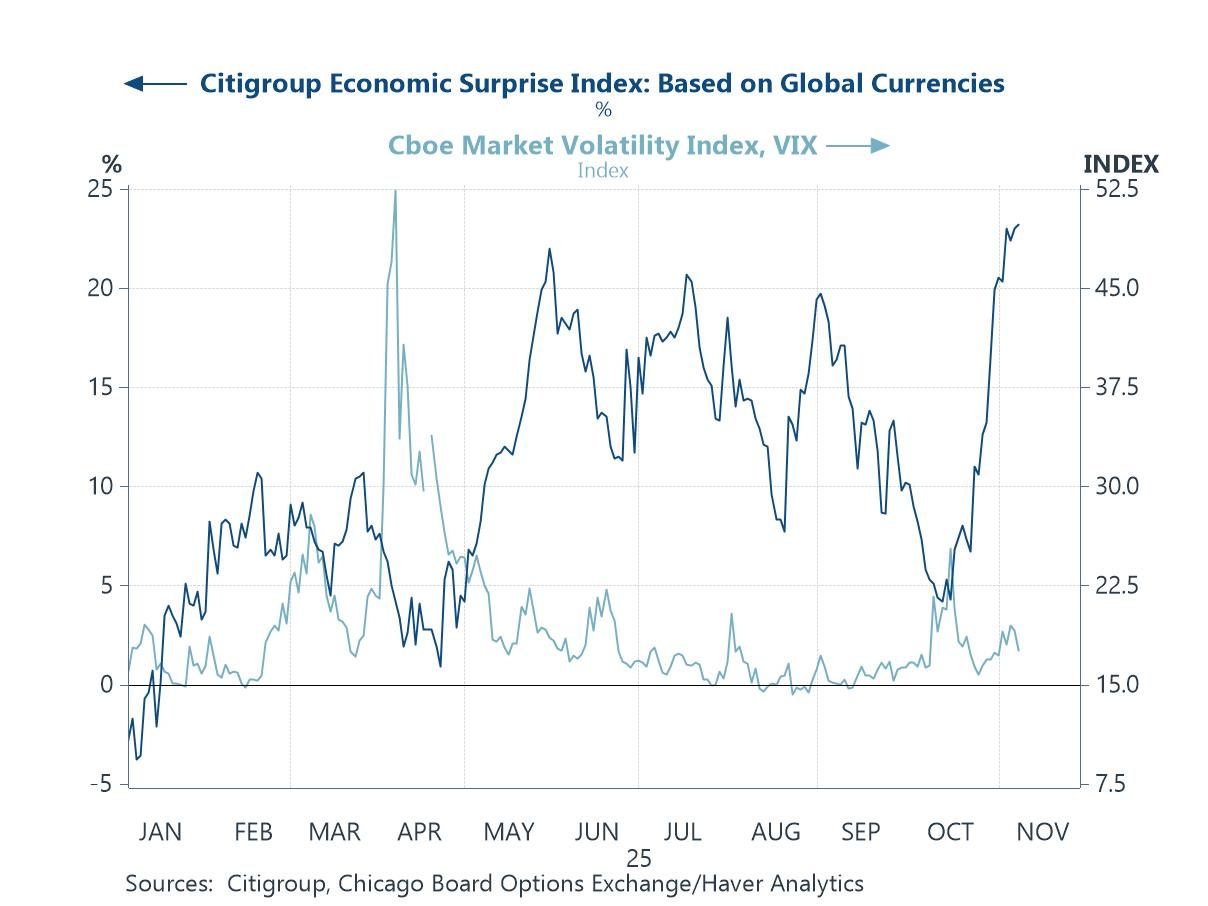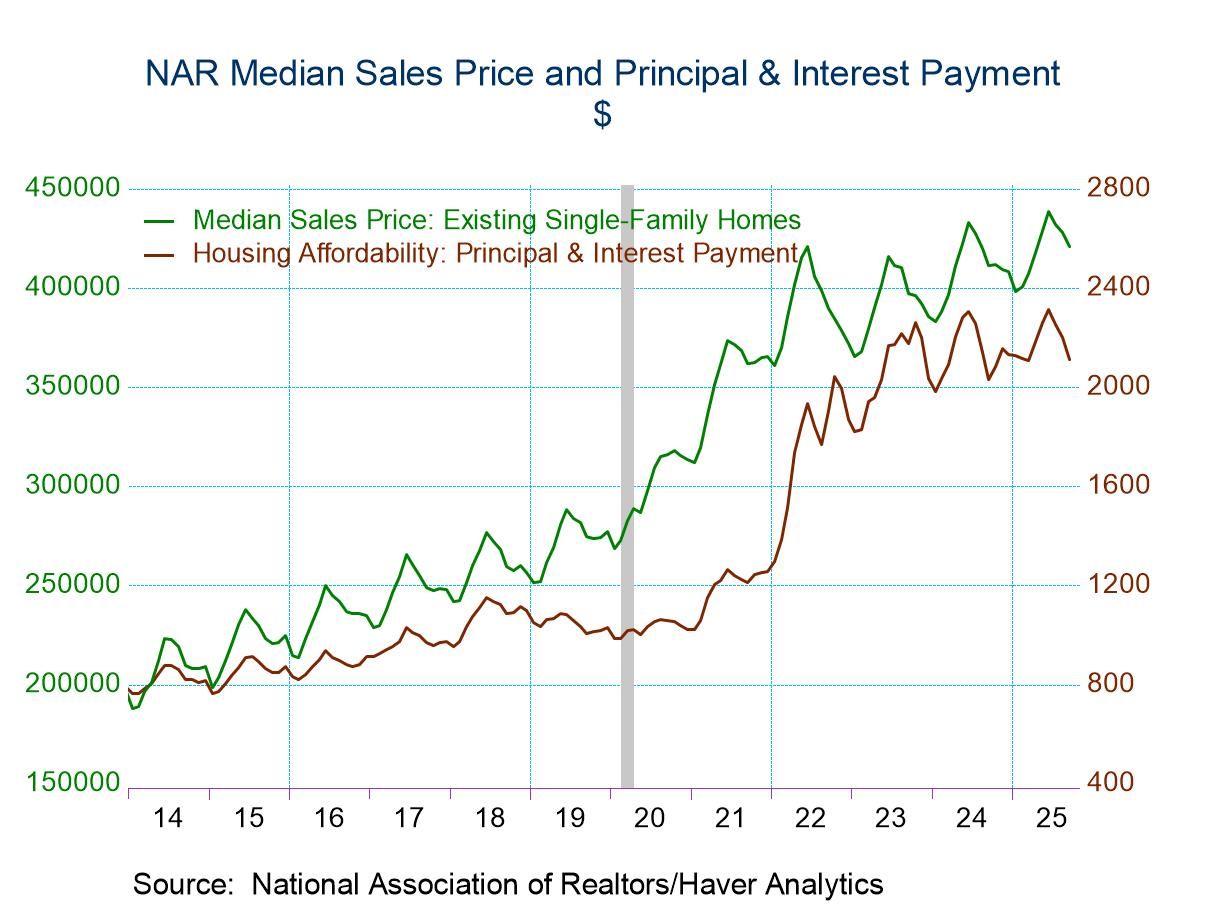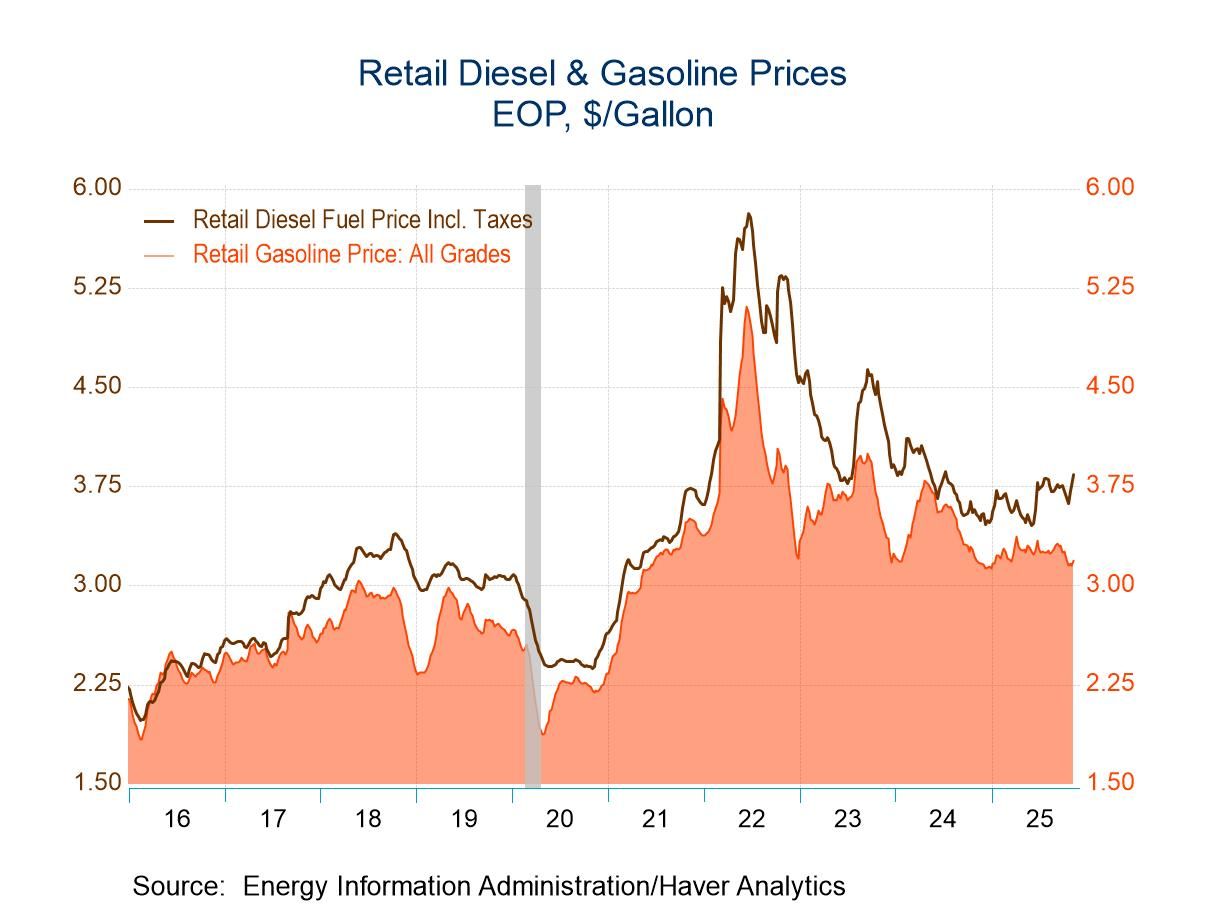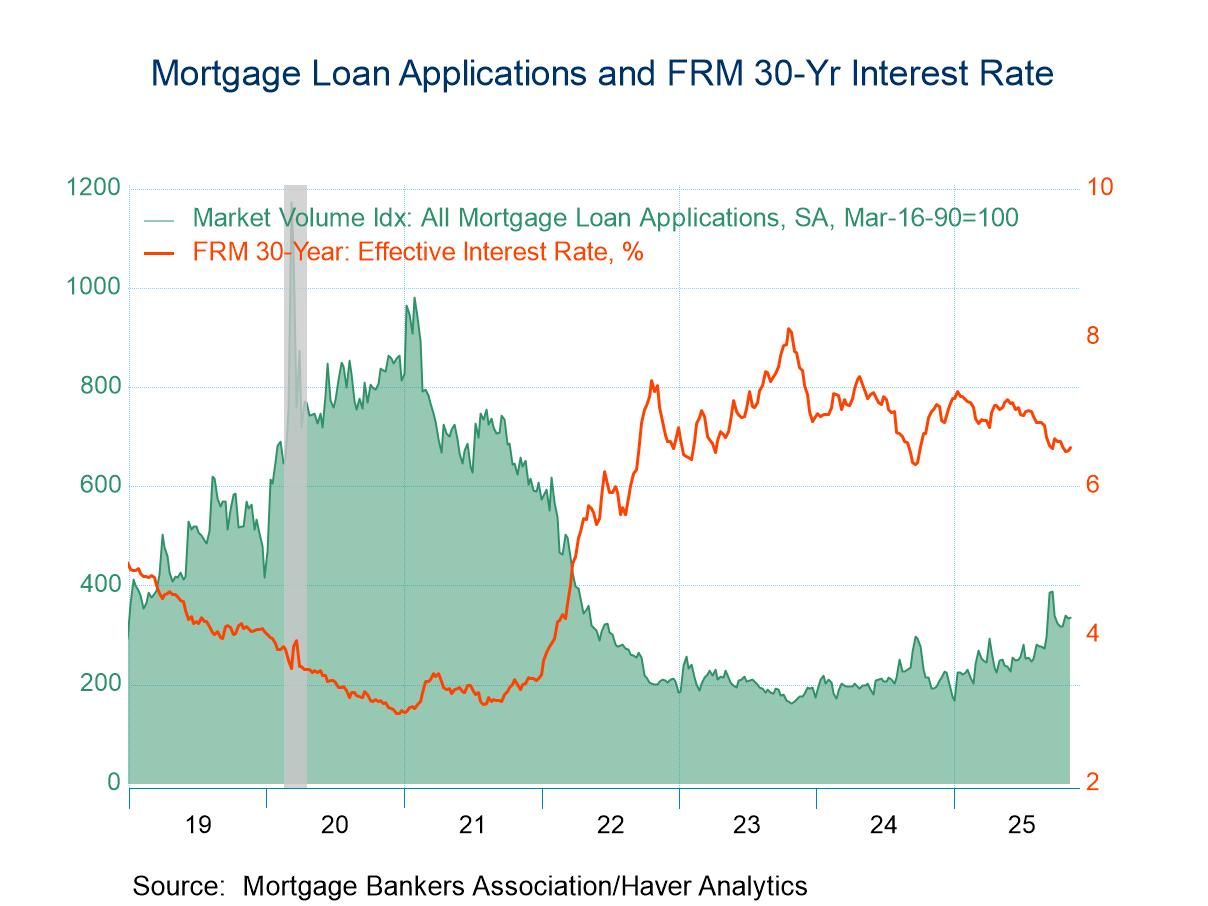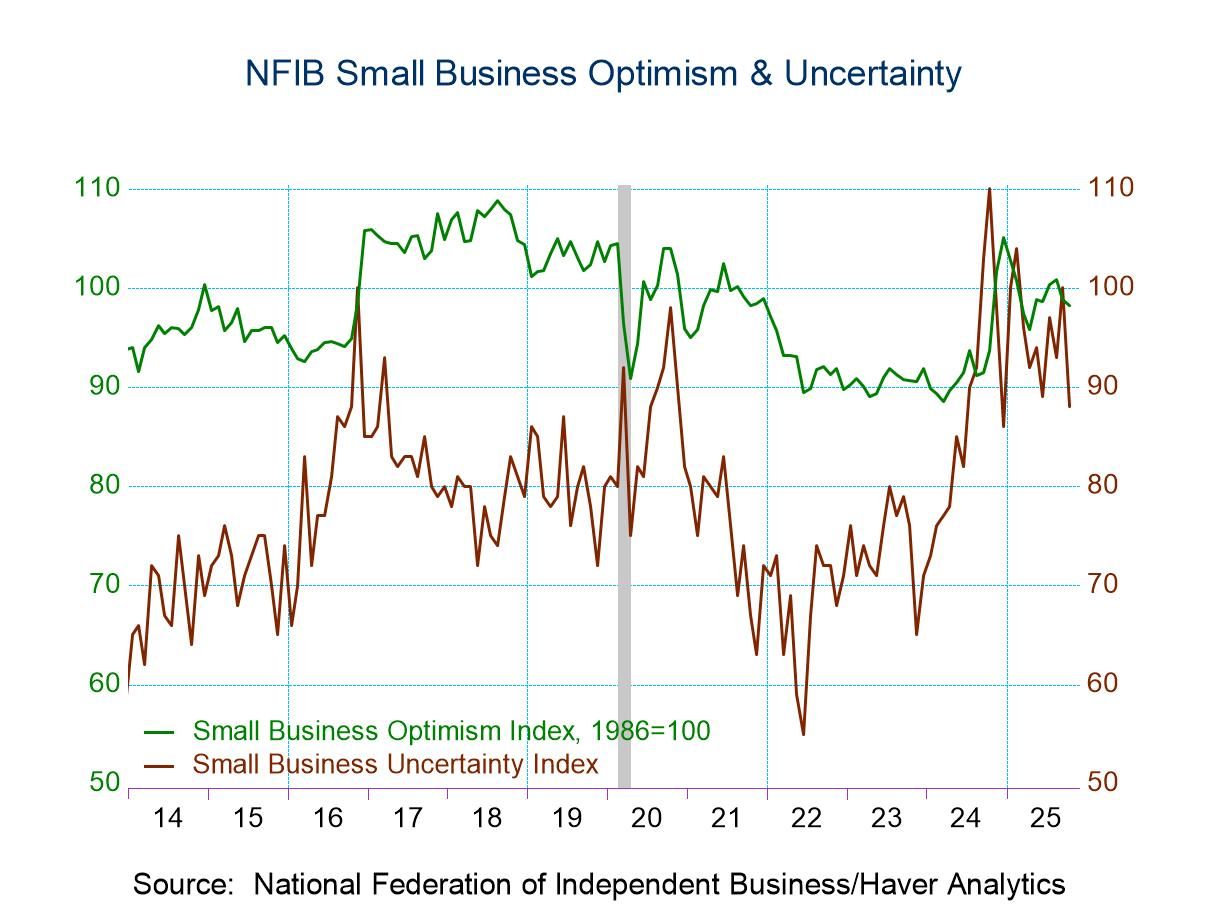The global economic story of 2025 has been one of resilience amid disruption. Despite a succession of shocks — from a renewed U.S.–China trade confrontation and elevated geopolitical risks, to a sharp rise in fiscal activism and the energy-intensive AI investment boom — the world economy has held up better than many feared. Activity data have consistently surprised on the upside, supporting buoyant equity markets and keeping volatility contained. Meanwhile, inflation has continued to ease and central banks have cautiously shifted toward easier policy, even as large government deficits have kept longer-term real yields elevated. At the same time, US tariff policies have re-emerged as a defining force in global trade, with steep new duties on Chinese, Canadian, and Mexican goods disrupting supply chains and prompting renewed fragmentation in world commerce. These measures have cooled bilateral trade flows and added another layer of uncertainty to an already unsettled policy environment. Yet uncertainty itself remains the dominant feature of 2025 — geopolitical tension, technological exuberance, and diverging fiscal and monetary paths have left investors navigating a world where optimism and fragility coexist.
- USA| Nov 13 2025
U.S. Housing Affordability Increases in September
- Home prices & mortgage rates continue to decline.
- Median income edges lower.
- Affordability increases across country.
by:Tom Moeller
|in:Economy in Brief
- Europe| Nov 13 2025
EMU Industrial Output Advances in September
Industrial output in the European Monetary Union in September advanced by 0.2% after falling by 1.1% in August and rising by 0.7% in July. Output of consumer goods fell in the month with overall consumer goods output falling by 2.5% and a 0.5% reduction in consumer durables output and a 2.6% reduction in the output of consumer nondurable goods. However, intermediate goods output grew by 0.3% and capital goods output rose by 0.3% in September. Output fell broadly across each of these sectors and subsectors in August but then it rose in all of them in July. Output metrics have been through a bit of turbulence over the last three months.
Sequential Growth Performance Sequential calculations showing annual rates of growth over 12 months, six months and three months reveal some weakening in output and then some diminishing of that trend. Overall output rises by 1.4% over 12 months. Then output falls at a 4.9% annual rate over six months and that reduction in its cut to -0.8% over three months. Manufacturing follows that same pattern. Consumer goods output also follows that pattern, but durables and nondurables output of consumer goods are on the same wavelength with the only difference that consumer durables output also falls over 12 months. Intermediate goods output rises by 0.3% over 12 months, falls at a 3.3% rate over six months, and then rises at a 2.3% annual rate over three months. Capital goods output is up by 1.5% over 12 months, falls at a 2.9% annual rate for six months, and then is flat over three months. The sector results show a good deal of chaos in terms of trying to pin down a trend.
Quarter-to-Date Quarter-to-date that now show results for the full third quarter on this preliminary note, reveal output eroding by 0.1% at an annual rate; manufacturing output falling at a 0.4% annual rate, with an increase in consumer goods at a 1% annual rate, created totally by an increase of 1.5% consumer nondurable goods output. Intermediate goods and capital goods both show output declines in the just-ended quarter.
Rankings/Standings The percentile standings show that consumer durable goods output is below its median at a 39.9 percentile standing. Intermediate and capital goods output also are both below their medians (below 50%) but a 45-percentile standing for intermediate goods and a 46.8 percentile standing for capital goods prevail. However, these are not tremendously weak values; they're just slightly below their median rates of increase since the median rate of increase occurs at a ranking of 50%.
Country Performance for Manufacturing We're revisiting the country data much of which has already been released. Out of 13 monetary union members in the table only 5 show output declines in September and none of the four largest economies log a decline in output in September. However, seven countries had logged declines in August, and six had logged declines in July.
Countries Sequentially Turning to sequential data annual growth rates over 12 months, six months, and three months, there are declines in six countries over three months, in seven countries over six months but in only four countries over 12 months. The country's logging output declines over 12 months include Germany, Finland, Luxembourg, and Malta.
Quarter-to-Date On a quarter-to-date to date basis, there are five countries that log output declines in the third quarter. They are Germany, Finland, Portugal, Luxembourg, and Malta.
Country Standings The queue percentile standings show five countries with output increasing at a pace below its median pace since 2007. The average of the median standings across countries is a reading of 63.8% and that's the same as the standing for output in the whole euro area. While the performance of output is still somewhat irregular, conditions appear to be solidifying and risks to the downside appear to be diminishing. Conditions remain somewhat touch and go. The European Central Bank is in a waiting mode; it has not turned off its easing cycle. In the United States, it's unclear whether the Fed is going to continue the easing cycle or not. The government shutdown in the U.S. makes U.S. policy options more complicated although the outlook for growth in the United States in 2026 with new fiscal provisions in force and a rebound out of the government shutdown appear to be quite good. However, globally inflation is still largely excessive and central banks are definitely running out of room to become more stimulative.
- USA| Nov 12 2025
U.S. Energy Prices Remain Mixed in Latest Week
- Gasoline prices rise to four-week high.
- Crude oil prices decline.
- Natural gas prices move to highest level since April.
- Demand for gasoline & all petroleum products falls.
by:Tom Moeller
|in:Economy in Brief
- USA| Nov 12 2025
U.S. Weekly Mortgage Applications & Interest Rates Edge Higher
- Mortgage interest rates rise to three-week high.
- Purchase loans surge but refinancing declines.
by:Tom Moeller
|in:Economy in Brief
 Global| Nov 12 2025
Global| Nov 12 2025Global Money Supplies Deliver Growth-Rate Plateau
Global money supply growth boomed during COVID. Then growth ‘busted,’ decelerating sharply with the United States, the United Kingdom, and the European Monetary Union all showing monetary contraction to some degree throughout 2023. The only country to buck this trend was Japan which had a more modest boost in money supply during COVID and then more modest growth rates that decelerated and continued to gravitate toward near zero growth, until recently, when Japanese money supply started to accelerate very slightly.
Euro Area Recent trends show nominal money growth in the euro area decelerating slightly from a 2.5% growth rate over 12 months to growth rates around 2% or a bit lower over three months and six months. Monetary union private credit has also decelerated from a growth rate of 2.4% over 12 months to 1.7% over six months and to a 1.3% annual rate over three-months.
United States, United Kingdom, and Japan Nominal money supply growth in the U.S. remains fairly steady, growing 4.5% over 12 months and an annual rate of 5 to 5.4% over three months and six months. The U.K. nominal money supply growth is 3.5% over 12 months, 2.8% at an annual rate over six months and 3.6% at an annual rate over three months. Japan's M2 plus CDs has been stepping up its growth from 1.6% over 12 months to a 2% pace over six months to 4% at an annual rate over three months. Nominal money supply growth is mostly fluctuating between steady and stronger across these monetary center countries.
Real balances in EMU Real money balances, however, are looking significantly weaker. In the European monetary Union, real M2 grows 0.3% over 12 months and then its growth rate slips to -0.6% at an annual rate over both three months and six months. Private credit in the euro area rises by 0.1% over 12 months, declines by 0.5% at an annual rate over six months, and declines at a 1.3% annual rate over three months. Real credit is weakening.
More real balances In the U.S., real money supply growth is fluctuating, growing at 1.4% over 12 months, stepping up to 2.3% over six months and back to a 1.4% annual rate over three months. U.K. real money balances are simply shrinking at a -0.6% annual rate over 12 months and a -0.7% annual rate over three months. In Japan, real money balances are actually accelerating; real money growth is -1.3% over 12 months, which rises to plus 0.4% over six months with an annual rate of 2.9% at an annual rate over three months.
- USA| Nov 11 2025
U.S. NFIB Small Business Optimism Index Slips in October
- Inventory, economy & employment concerns weigh on optimism.
- Percentage of respondents raising prices moves down; price expectations ease.
- Concerns about quality of labor surge but labor cost worries recede.
by:Tom Moeller
|in:Economy in Brief
 Global| Nov 11 2025
Global| Nov 11 2025ZEW Expectations Weaken Mildly
Macroeconomic expectations in the ZEW survey backtracked slightly in Germany while improving slightly in the United States in November. The economic situation improved slightly in the euro area and Germany while backtracking in the United States. That's the assessments of the current economic situation and expectations for Germany or the EMU that are moving in different directions in the U.S. and in Germany or in the U.S. vs. the European Monetary Union in November.
Inflation expectations backed off across the board easing slightly in the euro area, Germany, and also in the United States. While that happened, expectations for short-term interest rates became less focused on rate cuts in the euro area and slightly less tilted toward the expectation for rate cuts in the U.S. as well. Long-term rate expectations receded somewhat in both Germany and in the U.S. in November by small amounts. Stock market expectations picked up in the euro area, Germany, and the U.S., and in most cases, somewhat significantly.
The queue standings The queue standings are ranked standings of these various metrics, and they tell a clear story of how the ZEW experts see current conditions and policy tradeoffs. The euro area has an economic situation where the queue standing is at its 51st percentile, slightly above its historic median (on data since the early 1990s). However, Germany and the U.S. have very weak percentile standings with Germany in its 14.5 percentile and the U.S. in its 35th percentile. Macroeconomic expectations, however, find Germany at a solid 63.6 percentile while the U.S. is at a 23.3 percentile. ZEW experts are far more upbeat on prospects for German recovery right now than in the United States – and that seems odd to me with a lot of fiscal stimulus in train in the U.S. and tons of ‘AI’ investment.
Inflation expectations are high in the U.S. at an 85.5 percentile standing, well above the historic median, and clearly showing threatening conditions. This compares to a 30% queue standing for the euro area and Germany.
Short-term rate expectations are significantly below the median for both the euro area and the U.S. with the euro area at a 26.8 percentile and the U.S. at a 9.3 percentile standing. Long-term rate expectations have Germany at a 43-percentile and the U.S. at a more similar 35-percentile. Stock market expectations are fairly similar across the lot with the euro area at a 38-percentile standing, Germany at a 35-percentile standing and the U.S. at a 38-percentile standing.
- of98Go to 6 page


